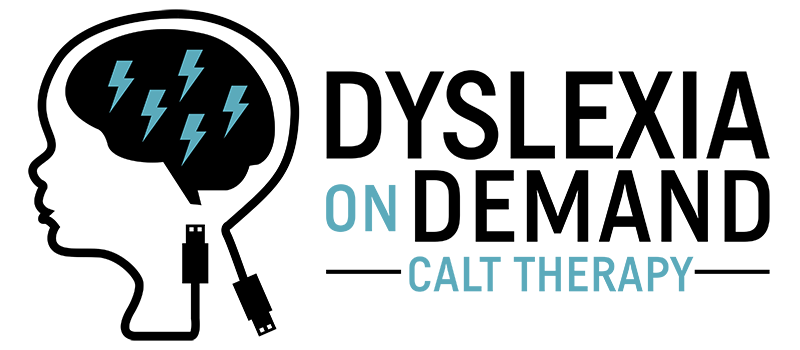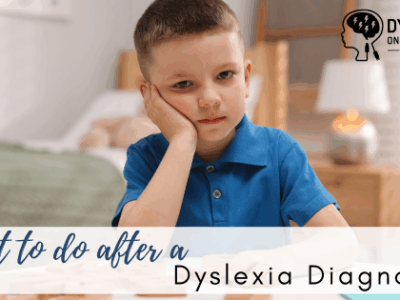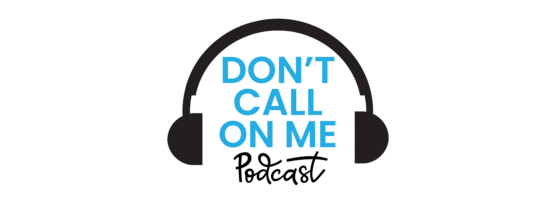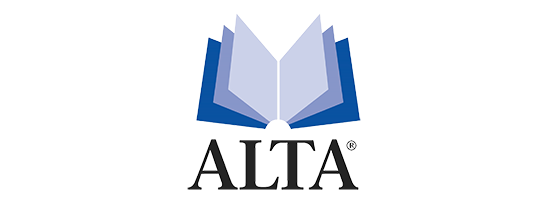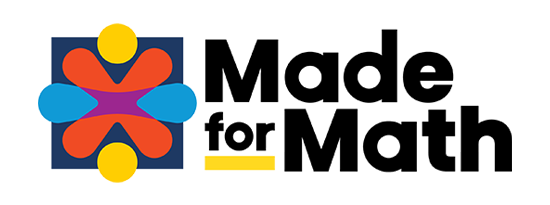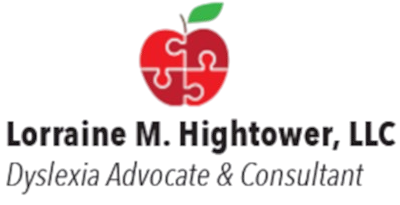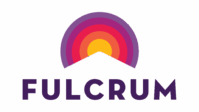Dyslexia Therapy vs Dyslexia Tutoring: There is a difference.
Dyslexia Therapy vs. Dyslexia Tutoring: There Is A Difference
When researching online dyslexia support options, it helps to understand how the services differ in order to find the best fit for your family. With any investment of time and money, outcome is the closest measure of success, and language intervention is no exception. So one may ask themselves….does it matter if I do dyslexia therapy vs dyslexia tutoring? The answer is YES!
What is the difference between dyslexia tutoring and dyslexia therapy?
Dyslexia Tutoring
Dyslexia tutoring is the most common offering for dyslexia and can take on many shapes and forms. Tutoring is a generic term and can range from access to prescriptive computer programs which support a student’s phonetic enrichment in both spelling and reading to working with a teacher one on one on specific deficit areas. Dyslexia tutoring is offered, generally, at a lower weekly frequency, and can be administered by a certified classroom teacher or special education generalist. Tutoring is typically based on an academic need and is great as a review for previously taught concepts. Although this can be helpful for many students, it is not a comprehensive solution. Tutoring generally lacks the layering and complexity that the dyslexic brain needs and does not venture deeper than surface level curriculum.
Additionally, the term Orton-Gillingham does not specify therapy but instead a methodology and approach to dyslexia intervention. While an Orton-Gillingham tutoring approach may be the most beneficial when working with students with dyslexia, it is important to know that the term alone does not imply proper dyslexia therapy. Although many such programs exist such as Barton, Slingerland, Alphabetic Phonics, and Wilson, one does NOT need to be a licensed dyslexia therapist to implement these programs. A simple training course can be attended by parents and teachers alike to administer the programs. The concern area is that those leading the program often understand the dyslexic brain enough to be prescriptive in action, but instead only can teach to the instructional manual.
Dyslexia Therapy
Dyslexia therapy can only be implemented by a Certified Academic Language Therapist (CALT). A CALT provides diagnostic, explicit, systematic Multisensory Structured Language intervention which builds a high degree of accuracy, knowledge, and independence for students with written-language disorders, including dyslexia. A licensed dyslexia therapist will personally guide your child through a multisensory program of explicit, systematic instruction for both reading and spelling. Programs such as Take Flight, developed by the Texas Scottish Rite Hospital for Children, and Basic Language Skills, designed by Neuhaus Education Center, are examples of therapeutic level Orton Gillingham techniques. These programs are clinically diagnostic and prescriptive, multisensory, intensive, and results driven. When a student is guided by a CALT through a therapeutic program such as Take Flight or BLS, that therapist is literally rewiring parts of their brain to create new neuropathways to access the written code and become proficient readers.
The path to becoming a Certified Academic Language Therapist is not for the faint at heart. It requires a master’s degree, two years of intensive training through an IMSLEC accredited training facility such as the Scottish Rite or Neuhaus Education Center, accrued 700 clinical hours and finally passed the national certification exam through the Academic Language Therapy Association.
Sadly, there is a gross underrepresentation in this field, with some of our largest US states only having a handful of certified therapists. Not only are they not present to intervene appropriately with children, they are not present in order to help educate parents, medical clinicians, and public servants making policy and legislative decisions. With time, we hope that existence of pure dyslexia therapy programs and their partnered dyslexia professionals becomes a regularly understood difference. Luckily, there are virtual therapy options, such as Dyslexia On Demand, offering that caliber of intervention to students regardless of their geographic limitations.
Knowledge is power. When choosing the intervention strategy that is right for you, it is always helpful to understand why one approach is advantageous to another.
